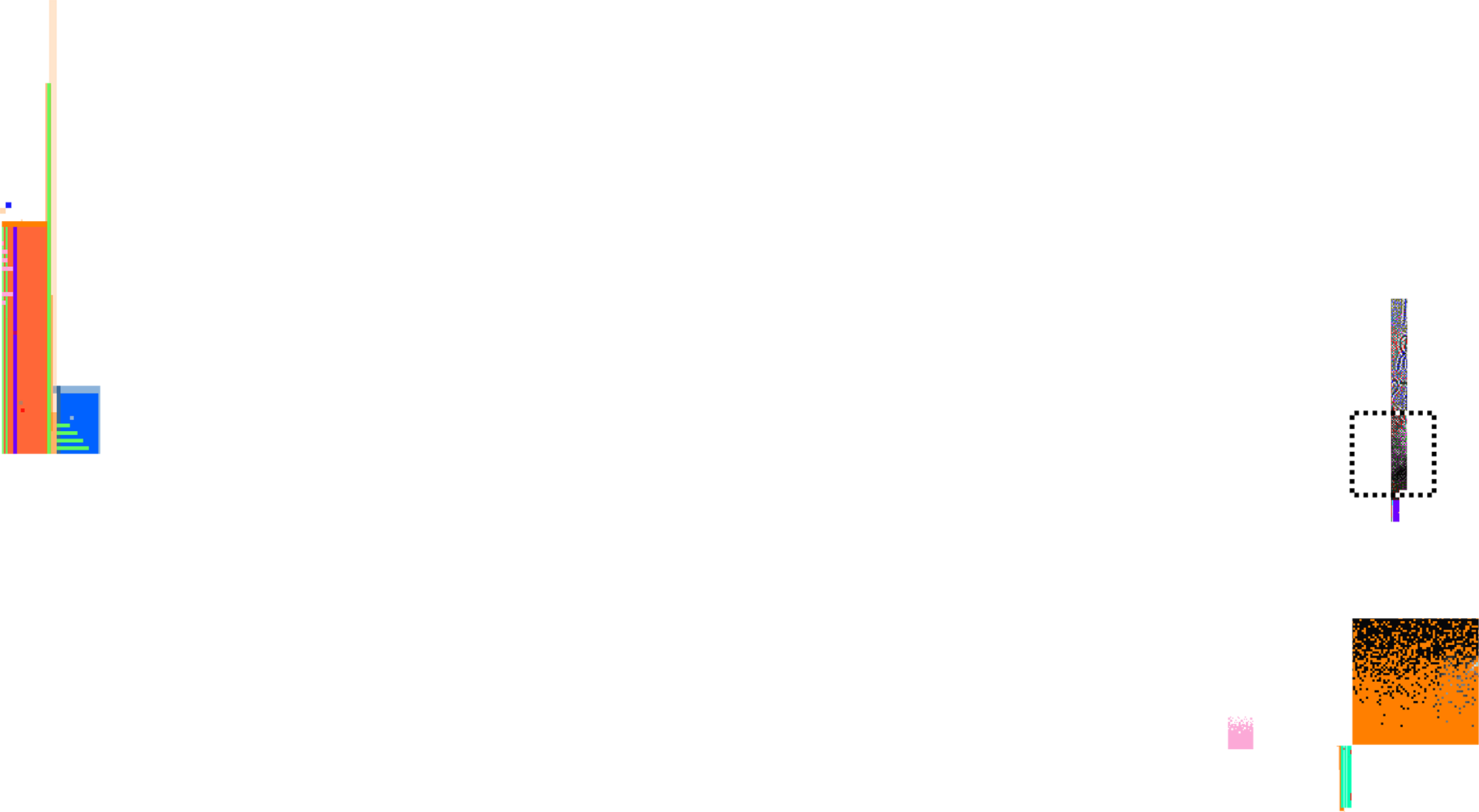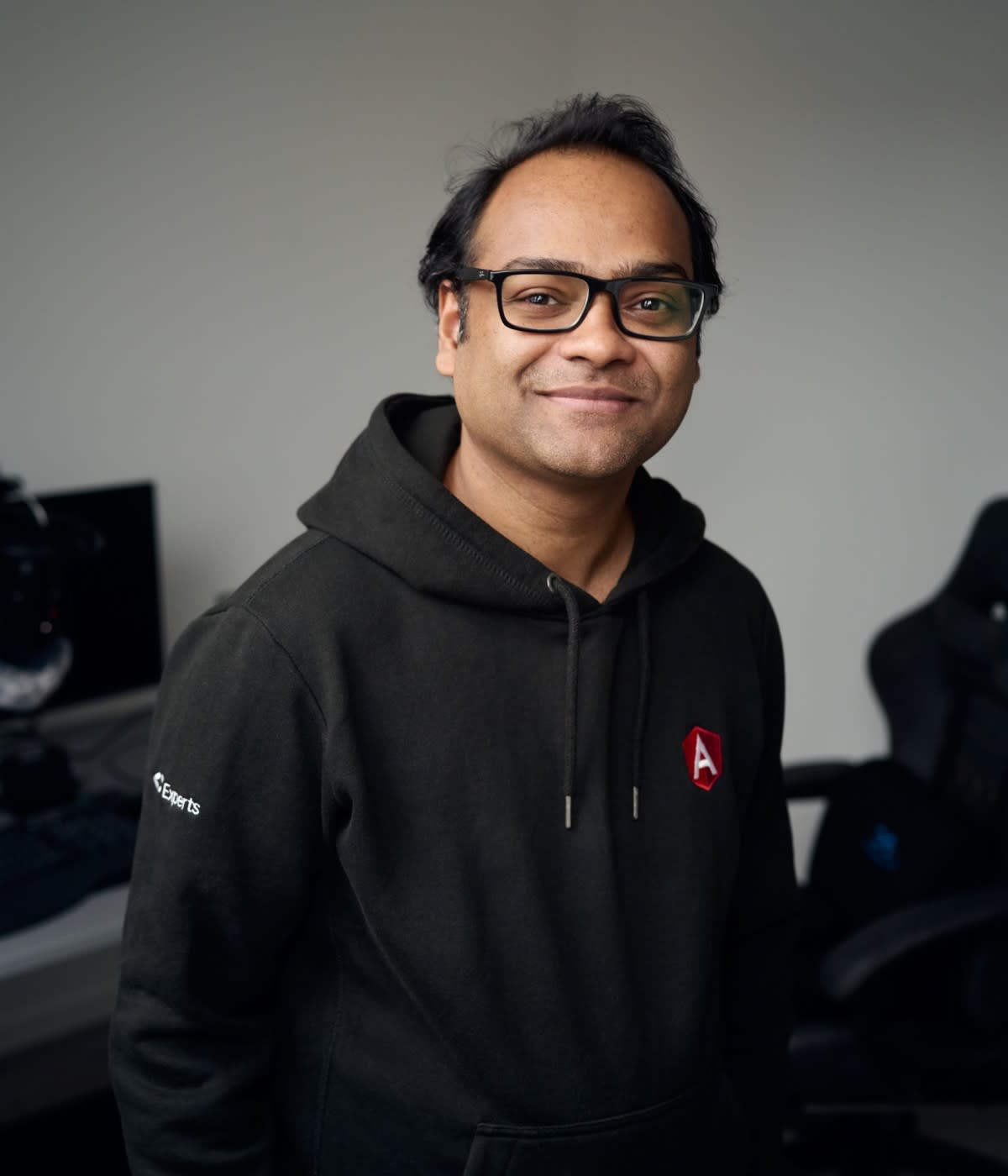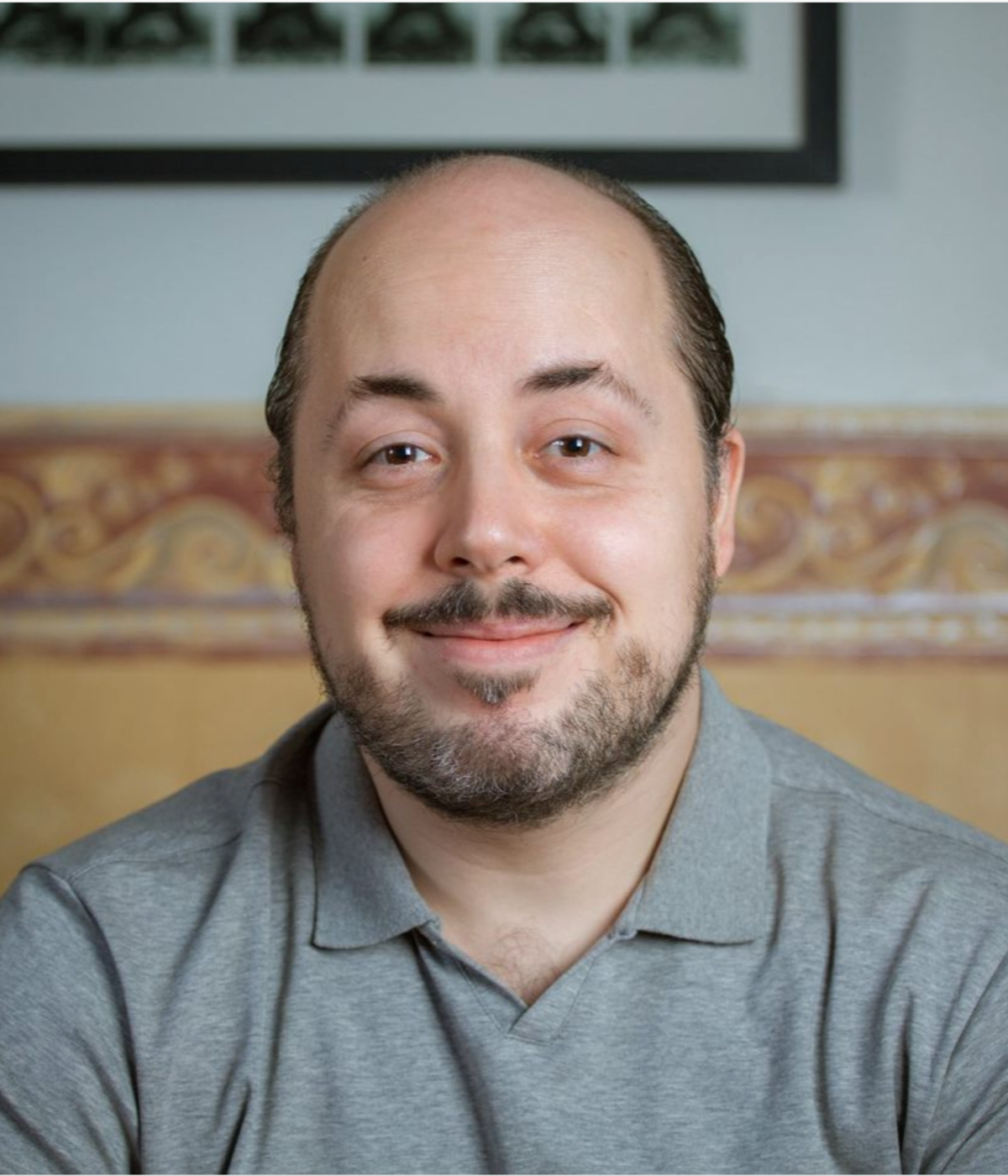When I was younger, I loved art and math, and was fascinated by the idea of a “Renaissance person”—especially in a society where we are often confined to one specialty or another. These days, I love creating data visualizations because I can combine math, code, and art, and be my own kind of Renaissance person.
Recently, my friend Nadieh Bremer and I published Data Sketches: A journey of imagination, exploration, and beautiful data visualizations. It goes through the data, sketch, and code process behind 24 of our data visualization projects, and initially started as an online project back in 2016.

I’ve always gone after my goals, whether that’s co-authoring a book or quitting my full-time job to try freelancing in data visualization, but up until a year ago, I didn’t let myself dream bigger than what I knew I could reasonably achieve. I think that has a lot to do with my cultural upbringing as an Asian woman: We’re expected to keep our heads down, be quiet, do as we are told.
The pivotal moment came when I was watching “discrete figures” by Rhizomatiks Research x ELEVENPLAY x Kyle McDonald, and it made me wonder what it would be like to create something that big. I realized how much I’d been unconsciously restricting myself because I was too scared I would get external pushback, and that’s when I decided: Even if I do get pushback, I shouldn’t be the one stopping myself.
When I first started freelancing, I prioritized interesting topics and earning potential. Now I’m trying to make my motivation less money-driven and more personally meaningful. It’s kind of scary, but I’m slowly stepping out of my comfort zone to dream bigger and work on topics and projects that are really important to me.
From obsessing over ‘Hamilton’ to inspiring a mother-son duo
I studied business and finance in university before realizing how much I enjoyed my computer science classes, then started my career as a front-end developer at Splunk. That’s where I was introduced to data visualization as a wider field, and how I found D3, which is the JavaScript library that I now use for all my projects.
One of the projects I’m most proud of is about “Hamilton,” the musical, called An Interactive Visualization of Every Line of Hamilton. Even though I created it in 2016, it’s still one of my biggest projects to date in terms of how long it took to build, and its complexity. It’s a “scrollytelling” piece where as a reader scrolls, the visualizations animate and update to support the story and at the very end, I share the full visual tool that I built to do the analysis.

A lot of the complexity came from figuring out the logic behind the filtering, and then what each of those filtered states should look like. It was also the first time I had to interweave the narrative with different visualizations, and I struggled a lot with planning out the interactions. And because scrollytelling was still a relatively new concept, there wasn’t an established way to implement it quite yet—so I decided to roll my own solution, just so I could have a deeper understanding of how it works. (I write about the entire creation process in detail in Data Sketches.)
The project really resonated with a lot of Hamilton fans, and even Lin-Manuel Miranda (the creator) tweeted it! But the most impactful tweet I ever got was from a mom, and she said, “Can’t wait to show my son when he returns from school! Thx from 2 newbie coders & #Hamilfans.” It blew my mind that I could create something that not only brought a mother and son together, but could inspire them in their coding journey. Creating this project helped me realize the value of my work: Because my projects are so fun and colorful, they’re very welcoming to new developers. They showed that code can be beautiful—and that revelation was so huge.

Lifting up women, being happy, and living without regrets
Another project I’m really proud of is Legends, which was the first time I used Three.js. Each of the crystals represents one of the 51 female Nobel Laureates from 1901 to 2018. They’re sized by their “influence,” and colored by the type of award. You can “walk” amongst them to read all about what they accomplished, or “fly” up and see the women Laureates arranged by decade. And—here’s the kicker—each of the stars you see floating around the women represent the more than 800 male Nobel Laureates.
As a woman of color in tech, I feel the pressure for everything I do to be perfect. This made speaking at conferences extremely anxiety-inducing for me, because every flaw in every presentation felt amplified to the point where I started to question why I was even giving these talks. Then a fellow woman speaker approached me at a conference and said, “I saw you speak in 2015, and back then I wasn’t seeing as many women speakers. You were one of the first I saw, and that inspired me to give my own talks.” Right then, I realized how important it was that I was speaking on stage. It matters to women, and Asian women especially, because we have this stereotype of being quiet and reserved. I needed to stay up there for every person who looked like me in the audience.
Being visible is something I’m much more aware of now. I’m very fortunate that my parents always encouraged me to pursue my passions and skills. My mom said, “Whatever you do, make sure you’re happy.” And my dad said, “Whatever you do, just do it well.” Those are my biggest motivators. If there’s something I want to try, I’m going to do my best, and have no regrets.
For years, I’ve been wanting to bring my work outside of the digital space and into the physical space: I want people to be able to walk through and interact with my data stories with their whole bodies instead of just their thumbs, to experience the installations together instead of on separate screens. And I’ve made a decade-long goal to put together a small studio of really talented individuals to make this a reality.
To start, I’ve decided to go to NYU for a Master’s program this fall! It’s called ITP, and it’s a program at the intersection of art and technology. I’m looking forward to strengthening my hardware skills and trying my hand at large-scale interactive installations.
I’m so excited about this next phase—it feels like I’m finally chasing my biggest dreams.





